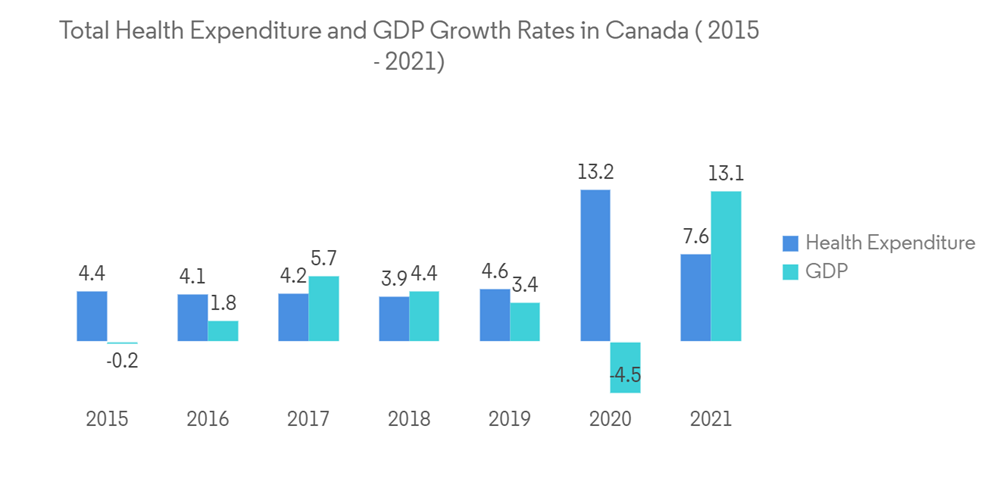Emerging Trends in Health Insurance for Canadians in Canada is evolving rapidly, with new trends reshaping the way Canadians access and manage their healthcare coverage. For policyholders and health-conscious individuals alike, understanding these trends is crucial to making informed decisions about maintaining and protecting your health.
In this blog post, we’ll explore the emerging trends in health insurance in Canada, with actionable insights to help you choose or upgrade your coverage effectively. We’ll also provide a handy data table and answer frequently asked questions to ensure you have everything you need to stay informed.
Table of Contents
Understanding Canada’s Health Insurance Landscape
While Canada boasts universal healthcare through its public system, private health insurance remains vital for addressing gaps such as vision, dental, and prescription drug coverage. Over recent years, Canadian health insurance providers have begun innovating to close these gaps with personalized and technology-driven solutions.
Below, we’ll unpack the key emerging trends defining the health insurance landscape today.
Key Trends in Canadian Health Insurance
1. Enhanced Digital Tools for Policy Management
Gone are the days of lengthy paperwork and complicated claim processes. Health insurance providers are now prioritizing digital transformation to improve the user experience.
- Mobile Apps
Many insurers now offer mobile apps, enabling policyholders to access their plans, make claims, and view coverage details instantly.
- Telemedicine Integration
Some apps connect you directly to telemedicine services, allowing policyholders to book virtual consultations with healthcare providers easily.
- AI Claims Processing
Artificial Intelligence (AI) streamlines claims approvals, reducing processing time and improving accuracy.
2. Personalized Coverage Plans
Canadian insurers are recognizing the importance of tailoring plans to suit individual needs. This personalization addresses the diverse healthcare requirements of Canadians, including mental health, fitness, and chronic conditions.
- Flexible Plans
Pick-and-choose options allow you to add or remove features such as dental care, mental health counseling, or alternative therapies like acupuncture.
- Mental Health Focus
With the rising awareness of mental health, many policies now include counseling, therapy sessions, or free access to mental wellness apps.

- Wellness Programs
Insurance plans increasingly offer wellness perks such as gym discounts, access to health coaching, and smoking cessation programs.
3. Proactive Preventative Coverage
There’s a noticeable shift toward preventative care rather than reactive treatment. Insurers encourage policyholders to adopt healthier lifestyles, often through incentivized programs.
- Health Incentives
Plans include rewards such as discounts or fitness trackers when policyholders hit wellness targets like step counts or weight loss goals.
- Regular Health Screenings
Some policies include annual health checkups or diagnostic tests to catch issues early.
4. Coverage for Virtual Healthcare (Telehealth)
Virtual healthcare is no longer just a convenience—it’s becoming a standard expectation. Many insurance providers now cover consultations via phone or video call for non-emergency health concerns.
- Advantages
Remote consultations save time, reduce travel expenses, and improve access to care in rural areas.
- Growing Popularity
Since the pandemic, over 70% of Canadians have used telehealth at least once, and insurers are stepping up to meet this demand.
5. Green and Sustainable Healthcare Options
With more Canadians placing importance on environmental impact, health insurance providers explore ways to integrate sustainability into their offerings.
- Paperless Policies
Digital contracts and e-statements cut down on unnecessary waste.
- Sustainable Partnerships
Some insurers now collaborate with eco-friendly healthcare providers and wellness brands.
6. Senior-Focused Health Insurance
Canada’s aging population has led to increased demand for senior-specific health insurance plans. These plans typically address the unique needs of older adults, such as home care services, long-term facilities, and treatments for chronic illnesses.
- Long-Term Care
Rising awareness about the high costs of assisted living has prompted insurers to include long-term care as a part of their plans.
- Medical Equipment
Plans for seniors often cover mobility aids, hearing aids, and other essential equipment.
A Summary of Emerging Trends in Data
| Trend | Key Features | Benefits |
|---|---|---|
| Digital Tools | Mobile apps, AI-powered claims processing | Faster service, improved convenience |
| Personalized Coverage | Mental health, add-ons, wellness programs | Tailored to individual needs |
| Preventative Coverage | Incentives, annual screenings | Encourages healthy lifestyles, cost-saving |
| Telehealth Coverage | Virtual consultations, remote healthcare options | Accessible healthcare anytime, anywhere |
| Sustainable Options | Paperless statements, eco-friendly providers | Supports individual and environmental health |
| Senior-Specific Plans | Long-term care, mobility aids, chronic care | Supports Canada’s elderly population |
Frequently Asked Questions (FAQs)
1. Why do I need private health insurance in Canada?
While Canada’s universal healthcare system covers many services, it does not include dental care, vision care, and prescription drugs. Private insurance helps cover these gaps and enhances overall access to specialized or preventative care.
2. How can I choose the right insurance provider?
Look for insurers offering flexible plans, digital access to services, and coverage for areas important to you (e.g., mental health, preventative care). Comparing customer reviews and ratings can also help.
3. What is telehealth, and is it covered by insurance?
Telehealth refers to healthcare services delivered remotely via phone or video. Most private insurers now include telehealth in their policies, but coverage details vary by plan.
4. Are wellness programs worth it?
Absolutely! Wellness programs not only promote healthier lifestyles but often provide perks like gym memberships and rewards. These incentives lower long-term health risks and save you money.
5. Can seniors get affordable health insurance?
Yes, there are plans specifically designed for older Canadians. Many include long-term care, chronic disease management, and access to home healthcare services.
Where Do We Go from Here?
The future of health insurance in Canada is bright, with innovative trends reflecting the evolving needs of Canadians. Whether it’s digital tools for efficiency, personalized plans to meet unique needs, or sustainable practices supporting environmental goals, the industry is transforming for the better.
Now is the perfect time to explore your options and ensure you have access to robust, future-proof coverage. Stay ahead of the curve by reviewing your health insurance plan and exploring new ways providers are looking to deliver value to policyholders like you.



5 Comments
Pingback: Best Canadian Health Insurance Companies Compared
Pingback: Understanding Health Policies for the Health-Conscious in Canada
Pingback: Health Insurance in Canada Explained | Private vs Public Plans
Pingback: The Importance of Health Coverage for Canadians
Pingback: Native Canadian Culture – Traditions, Art, and History